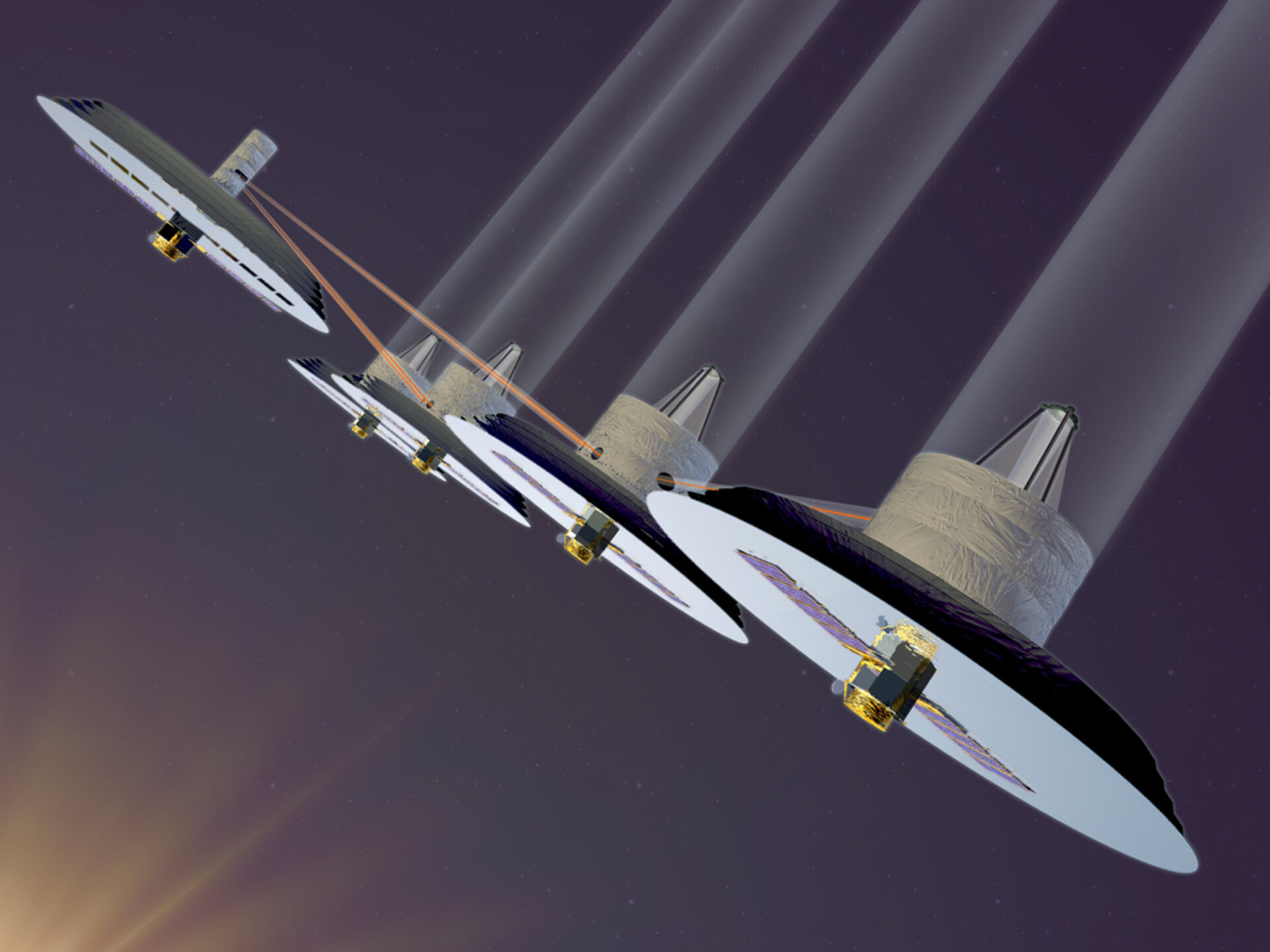Technology Breakthroughs for Science (TEBS)
ESA’s Technology Breakthroughs for Science (TEBS) cross-cutting initiative aims to develop technology that will enable breakthrough across various scientific domains.
For this purpose the cross-sector Future Technology Advisory Panel (FTAP) has been created with the objective of continuously interacting with ESA scientific advisory bodies to identify common technology areas that could enable breakthroughs for key scientific topics.
Ina first round of recommendations, the FTAP identified cold atom devices such as optical clocks and atom interferometers and large deployable ultra-stable structures as key enabling technologies for future discoveries, with in-orbit propulsion and radiation protection as key technology challenges to be surmounted. Follow-on dedicated studies are now planned.
A second cycle began in 2013 with recommendations for selected technologies being finalised including high throughput science data communication, novel use of satnav data and highly accurate and ultrastable pointing technologies. In addition the FTAP has identified the ‘wildcard’ technology of torpor and hibernation for deep space manned missions. A topical team of leading scientists have been assembled to produce a report on the current state-of-the-art and plans for future research.
Further inputs are expected from ESA’s scientific advisory bodies, allowing the definition of specifics of these breakthrough technologies, their application potential and likely substantial implementation gaps – leading in turn to the definition of meaningful in-orbit demonstrations in future.


